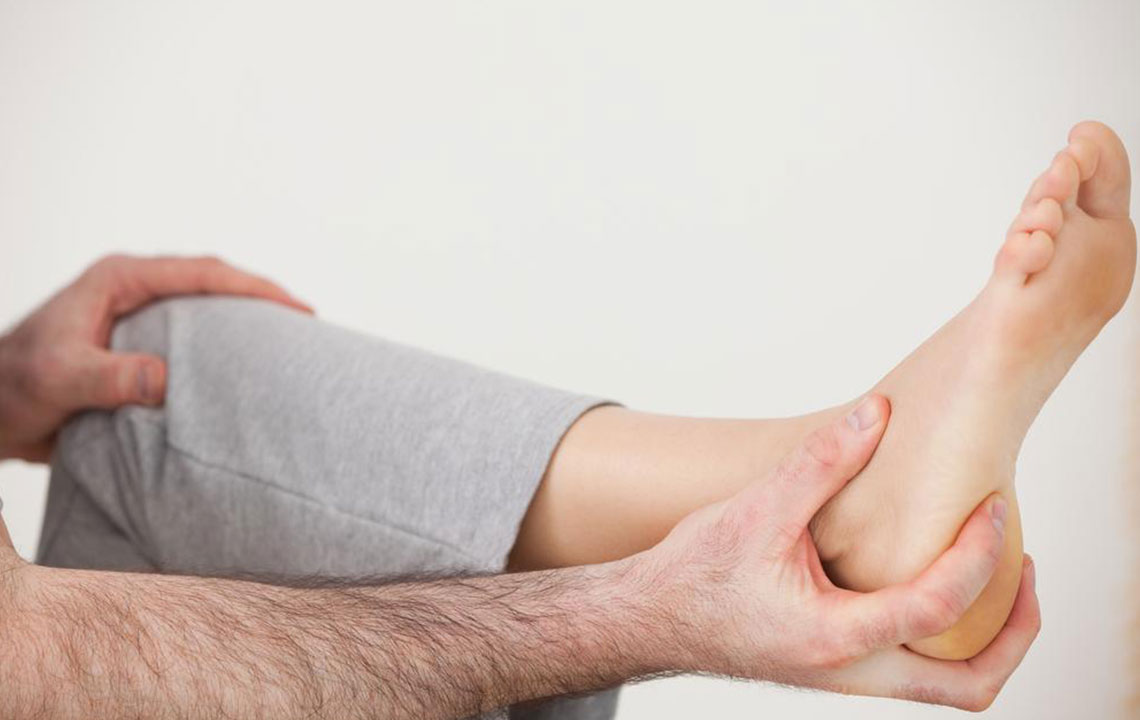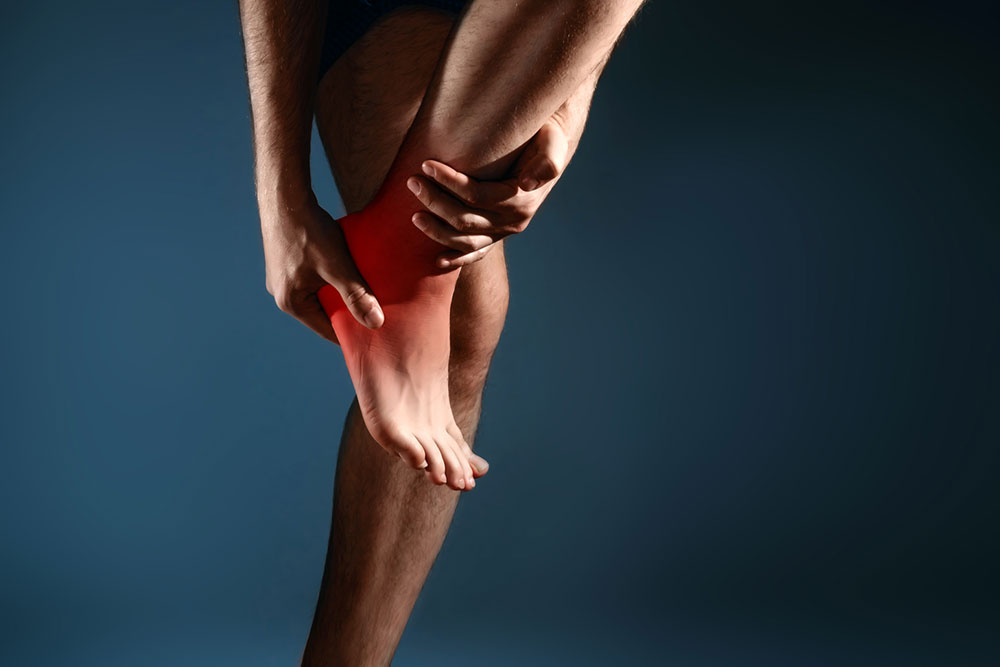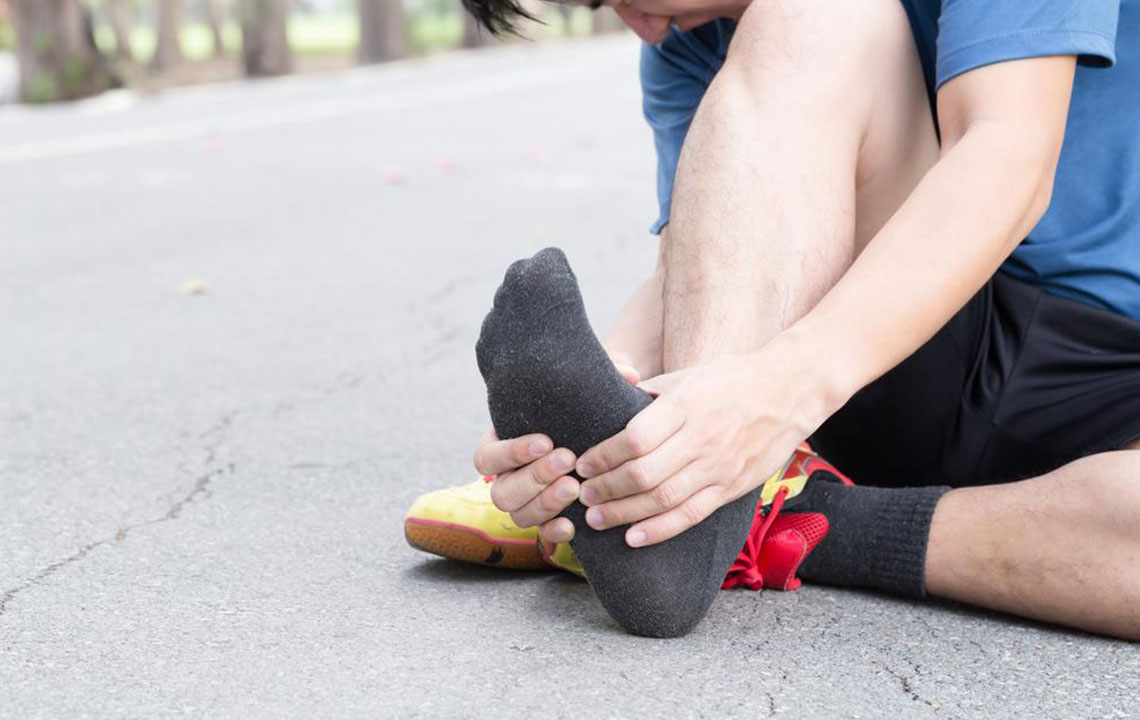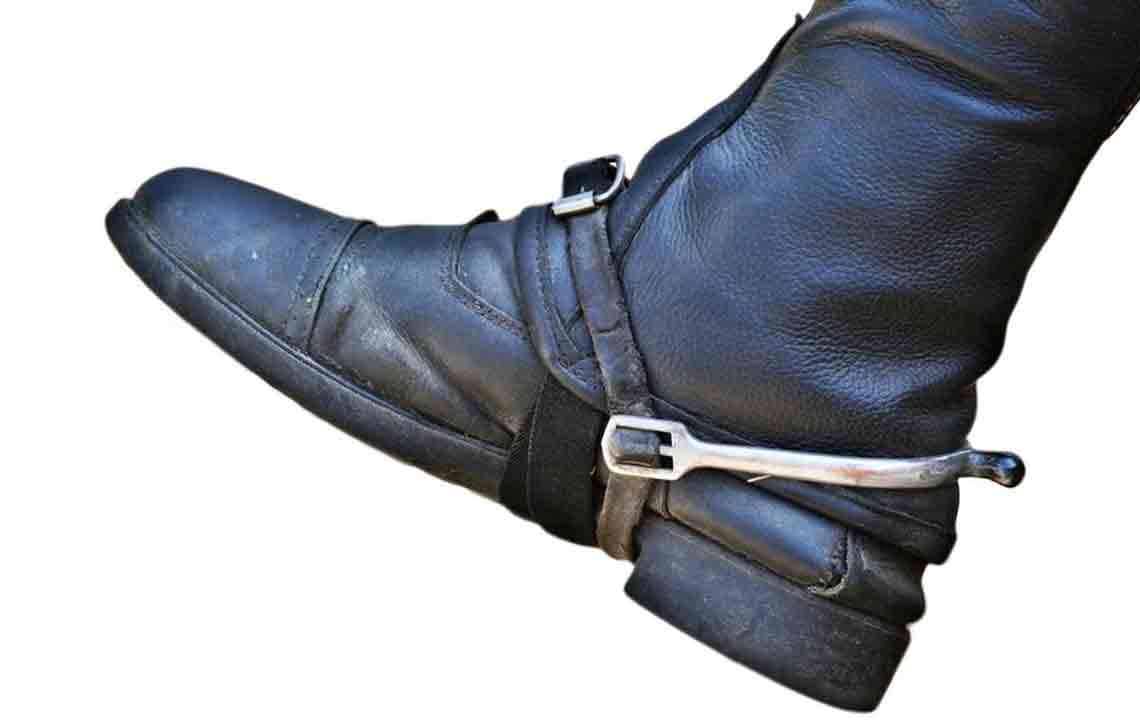Effective Approaches to Alleviating Heel Spur Discomfort
This article explores effective methods for treating heel spurs, emphasizing pain relief, inflammation reduction, and prevention. It covers cold therapy, proper footwear, orthotics, steroid injections, cryoultrasound, and stretching routines, offering comprehensive advice for managing heel spur discomfort. Consulting healthcare professionals ensures personalized and safe treatment approaches for lasting relief.

Effective Approaches to Alleviating Heel Spur Discomfort
A heel spur is a bony growth that forms on the heel bone, often causing pain and discomfort. It may occur alone or with other foot conditions. Common contributors include repetitive stress, injuries, excess weight, athletic activities, and inflammatory diseases such as spondylitis or reactive arthritis. Management focuses on reducing pain, decreasing inflammation, and preventing worsening. If heel pain persists for over a month, seek advice from a healthcare provider for personalized treatments, which might involve medications or therapies.
Physiotherapy with specific stretching routines can effectively lessen heel spur symptoms. Over-the-counter remedies may also provide relief. Continue reading to discover various treatment strategies and home care options that can alleviate pain and promote recovery.
Cold Treatment
Applying an ice pack wrapped in cloth to the heel helps reduce swelling. Use gel packs or frozen water bottles for about 10 minutes every hour to soothe the area efficiently.
OTC anti-inflammatory drugs can help relieve pain and reduce swelling, but individuals with kidney issues or gastrointestinal problems should exercise caution. Some over-the-counter medications provide pain relief without anti-inflammatory effects, offering additional comfort options.
Choosing the right footwear is essential; supportive shoes with moderate heels and flexibility distribute pressure evenly. Orthotic inserts, whether custom-made or ready-made, enhance heel support and help prevent foot rolling. Consulting a podiatrist ensures proper fitting of orthotics.
Corticosteroid injections can provide significant pain relief but do not eliminate the spur. These are administered into the heel's inner region, avoiding the sole, and should be limited in frequency to prevent side effects.
Cryoultrasound therapy combines cold treatment with electromagnetic waves to relieve heel pain. Performed by specialists, it is especially effective for heel spurs linked to plantar fasciitis and offers a non-invasive, medication-free option.
Daily stretching exercises for the calves and foot muscles can offer lasting relief. Regular practice guided by a physiotherapist can improve mobility and decrease discomfort over time.
Understanding the root cause and working closely with your healthcare provider is vital. Follow recommended treatment plans diligently to achieve the best results.


